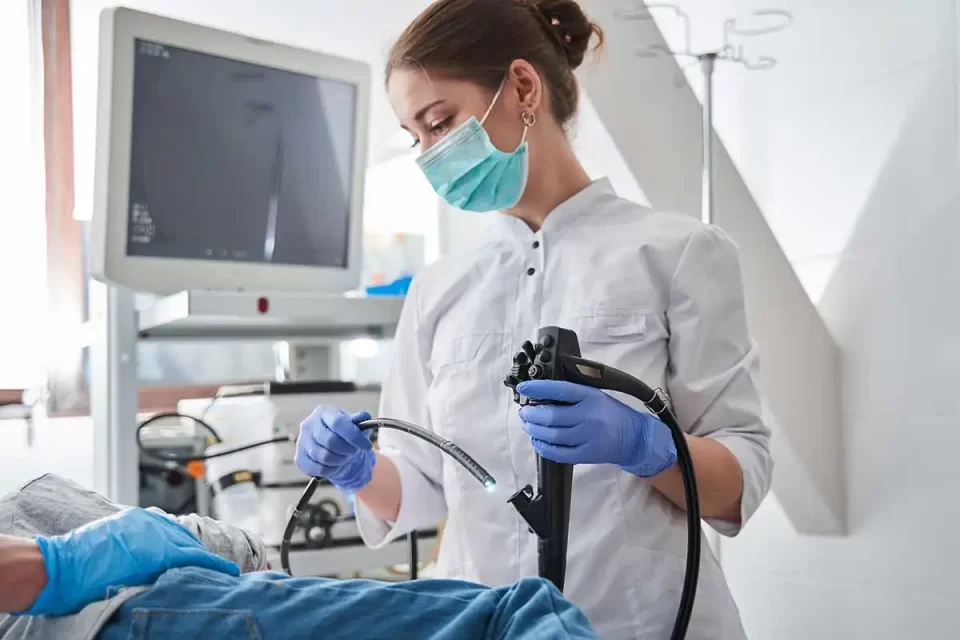An upper endoscopy is nonsurgical, minimally invasive, and uses an endoscope to give a close view of a person’s upper digestive tract (esophagus, stomach, and duodenum). An endoscope is a flexible thin tube with a camera at the end. The long tube is passed down through the esophagus to the stomach and the upper part of the small intestine to help your gastroenterologist detect, diagnose and treat problems that affect your upper GI and the nearby organs.
If you suspect that your symptoms are GI tract related, upper endoscopy Anchorage gastroenterologists will help treat the cause of your unexplained symptoms. Some of the diseases your doctors will diagnose through the procedure include;
- Gastroesophageal Reflux Disease
Your doctor may recommend a GI endoscopy if you are experiencing heartburn, indigestion, nausea, and acid regurgitation. Also known as GERD, the disease occurs when acids flow from the stomach to the esophagus. The acid damages the esophageal lining, causing Barrett’s esophagus, which is characterized by atypical cell growth, which can lead to cancer.
During the examination, a special type of light is used to highlight atypical tissue growths. If anything unusual is detected, a sample of the tissue is taken for a biopsy to determine if you have Barrett’s esophagus.
- Peptic Ulcers
A peptic ulcer is an open sore that occurs due to acid inflaming and wearing away the tissues lining either the esophagus, stomach, or duodenum. This is common if you have a Helicobacter pylori infection. Your doctor is likely to order an upper endoscopy if you have symptoms ranging from nausea, belching, vomiting, stomach pain, and bloating.
- Esophageal Stricture
Esophageal stricture is the narrowing of the esophagus that blocks the passage of food and other liquids down to the stomach. An upper GI endoscopy is appropriate if your condition presents symptoms such as swallowing difficulty, vomiting, shortness of breath, and chest pressure. During the examination, the doctor can see the structure and may correct the situation by passing a balloon dilator to widen your esophagus.
- Pancreatitis
To determine the cause of your inflamed pancreas, your doctor will order an upper endoscopy. Using an ultrasound transducer at the end of the endoscope, he will be able to have a close view of the pancreas and the bile ducts. He will also be able to see other nearby organs, such as the liver and the gallbladder. Through the EUS, your doctor can tell if the pancreatitis results from gallstones, tumors or cysts, structural abnormalities, or bile stones.
- Gastrointestinal Cancer
If you have symptoms such as nausea and vomiting, experience pain when swallowing, feel fatigued, and have paler skin that could be anemic, your doctor will order an upper endoscopy. During an endoscopy, your doctor is able to identify ulcerations and growths in your GI tract. Through a biopsy, a pathologist will determine if your condition is cancerous or not.
Gastrointestinal problems can take a toll on your life. Symptoms can range from mild to severe, and you may need the help of a gastroenterologist to determine the cause of your problems. Through an endoscopy, your doctor will be able to treat and stop your clinical condition from becoming chronic.

